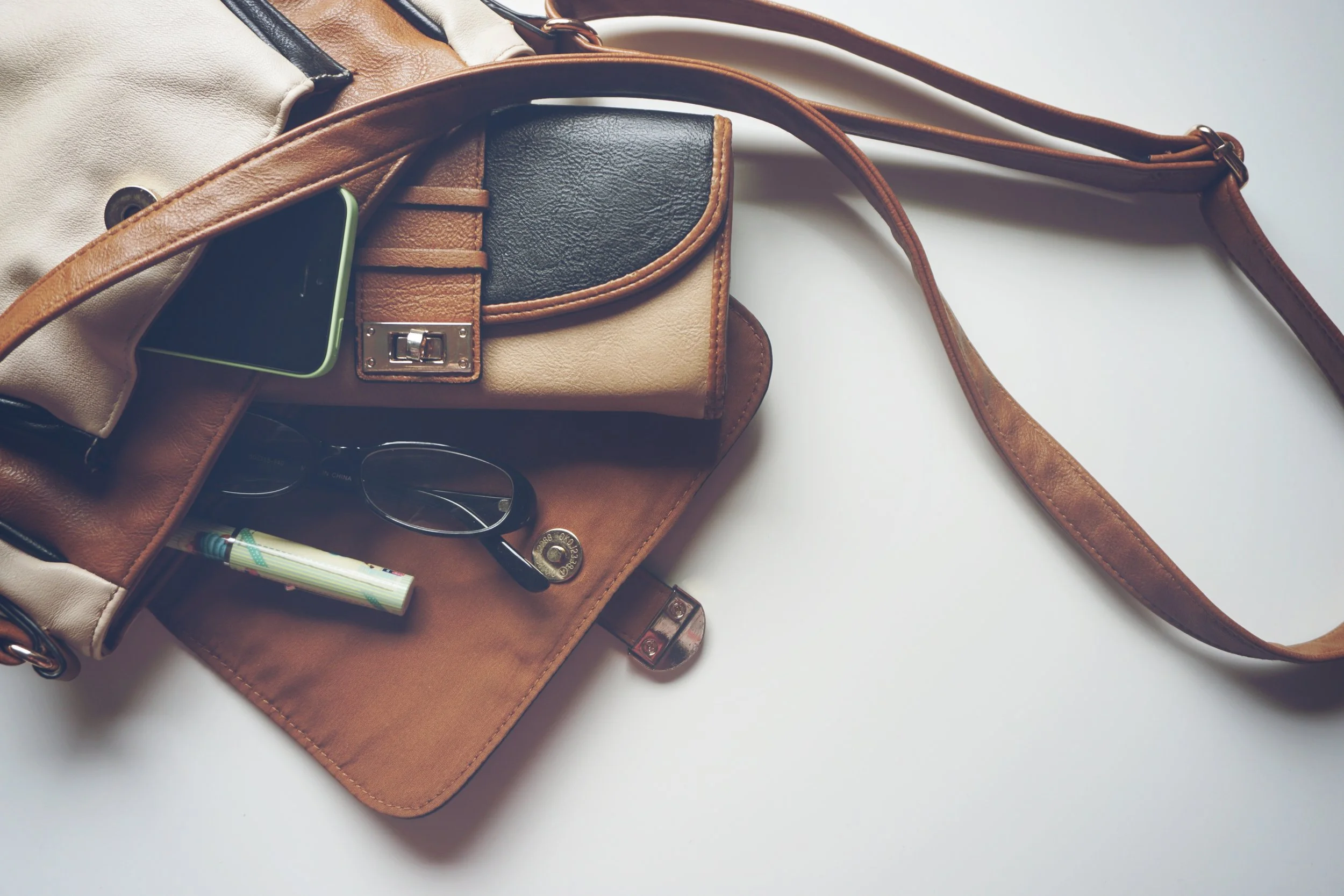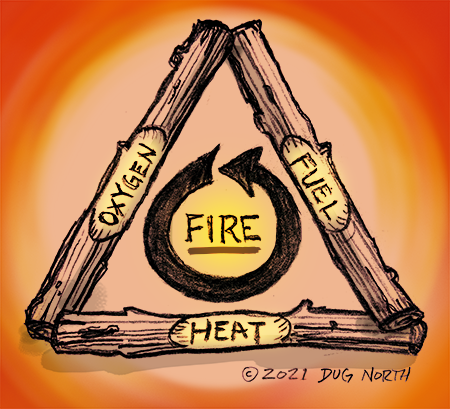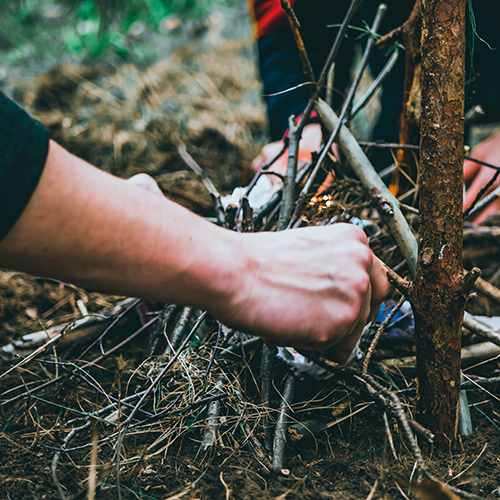Pause to calm down and organize your thoughts. This will be time well spent.
You are your greatest resource in a survival situation
When traveling into the backcountry we should all be as prepared as possible. This includes carrying a decent survival kit. At a minimum this should include more than one way to start a fire, a means for purifying and holding water, and some form of protective cover such as a trash bag, emergency wrap, or bivvy bag.
What if you don’t have these things or if you need something beyond what you thought to bring? This is where thinking creatively can serve you well, perhaps even save your life.
Establish survival priorities
In all likelihood, you will be concerned with more than one thing. Do you need to make a shelter, find water, or signal for help? You can only do one thing at a time and chances are good that one thing is more important than the others.
Take a few minutes to breathe deeply and calm yourself. This will go a long way toward using your resources effectively. Decide what your most important action will be, then focus your efforts on that thing.
Next, consider that the nature of the questions you ask yourself will have a huge impact on the number and quality of solutions that present themselves. Ask yourself questions — out loud, if necessary — to generate ideas. Don’t judge these ideas harshly. Try to come up with as many ideas as you can that address the priority you have set.
Take inventory what you have and consider all of the ways it might be used
What do you need to do to survive?
Let’s say you have determined that you need to start a fire. Certain options will surely come to mind first: lighter, matches, or a ferro rod. These are good options, but there are many more ways to start a fire.
If you don’t have the most obvious means for starting a fire make a list of all of the methods you know of. This could jog your memory and open up additional viable options. Perhaps you’ve made a bow drill fire before? If so, you have an additional avenue to explore.
What do you have on you to help you survive?
Creating a bow drill fire requires some type of rope or cord. Others things will work, however. Take an inventory of what is in your survival kit, car, pack, your pockets, purse, wallet, and your clothes themselves, looking for options. For a bow drill cord I have used a belt, a bandana, clothing, cattail cordage, cedar roots, a rifle sling, and a plastic grocery bag. There are plenty of other things that would work as well.
What resources might you be able to scavenge from the things around you?
Pro tip: Play with alternative uses for things when you aren’t in an emergency situation. This can be a fun exercise. A car key can be used as a crude saw, chapstick can lubricate a bearing block, and a purse strap might work as a bow drill cord. Get good at using alternate types of gear.
What can you find to survive?
Sadly, human garbage is almost everywhere. Many human-made materials have properties that are difficult to find in nature. Search the area for signs of human activity: old foundations, fence lines, roadsides, logged areas, junked cards, and anywhere that humans might have been. You may find something.
Depending on your needs, even a small piece of something might make a huge difference. Finding a few feet of sturdy cordage suddenly makes a bow drill fire much more feasible.
Pro tip: In addition to practicing well-known survival techniques, look into survival hacks that make creative use of the items around you to survive.
Consider not only the object, but also its parts and contents. You need to weigh the value of the intact object against the value it might provide if compromised.
How can you use an item or its parts?
The best use of the things you have at hand, may require you to ruin those objects. Perhaps you need to break your eyeglasses to put the lenses together back-to-back to focus the sunlight for a solar ignition. Perhaps there is a battery inside an electronic device that could be used to make a spark. You need to weigh the value of the intact object against the value it might provide if compromised. Remember, most things can be replaced.
I have torn the hem off of my t-shirt, soaked it in water, and twisted it to create a strong cord for a bow drill fire. Yes, that t-shirt was ruined, but in a bad situation, this would be a worthwhile sacrifice.
What can you do instead?
Don’t be too set in your ways. Keep your eyes and your mind open to things that might work. Don’t be too quick to abandon ideas.
As an example, I was once using a bow drill set with a pine spindle and hearth. I had a hard piece of oak for the bearing-block. As I struggled to get an ember, I noticed that the oak bearing-block was smoking more than the hearth. While I couldn’t account for this unusual phenomenon, I could exploit it. I flipped the whole set over, using the bearing-block as the hearth and the hearth as the bearing block. I was able to get a glowing ember using the new configuration.
You have more resources to survive than you realize
We all tend to see and use things in limited ways. Looking beyond those limits could save your life in a wilderness survival situation. I hope this article has helped you see that you probably have more resources — both mental and physical — than you realize.
Until next time, keep learning!
-Dug North
EXERCISE: Practicing resourcefulness with the bow drill friction fire
Here’s a video of me practicing resourcefulness. I create a glowing bow drill ember with some items that you don’t normally use for a friction fire. Please note: this is NOT a survival technique! I am definitely not proposing that you carry a coat hanger, beer bottle, and plastic bag into the woods with you. Rather, this is an example of using resources in unconventional ways.
Resources
Surviving the Wild by Joshua Enyart
Survival Hacks: Over 200 Ways to Use Everyday Items for Wilderness Survival by Creek Stewart
Creative Thinking: A Field Guide to Building Your Strategic Core by Angus Fletcher
The Bow Drill Bible by Leigh Robinson











